12 °c Wind speed: 10 km/h Precipitation: 3 % Cloudiness: 60 % Humidity: 75 mm Pressure: 3 mb
Birmingham Back to Backs
Hurst Street 55-63
Birmingham
B5 4TE
United Kingdom
Description
Tucked away in the heart of Birmingham lies the Birmingham Back to Backs, a tangible reminder of the city's vibrant industrial past. These 19th-century houses are under the care of the National Trust and offer an interactive glimpse into the lives of the families that occupied them. This write-up will delve into the history, architectural attributes, guest experience, and continual maintenance works that make this site an irresistible tourist destination.
Birmingham History
Back-to-back housing was a popular type of residence during the Industrial Revolution, especially in rapidly expanding cities like Birmingham. Constructed from the early 1800s to the 1930s, they were made to cater to the growing working-class community. Each house had a shared rear wall with another, creating continuous rows around shared courtyards. This design maximized space usage, which was important when towns were growing quickly and there was a need for cheap housing in urban areas.
Nevertheless, these dwellings were often cramped and lacked proper ventilation or sanitation facilities, leading to unhealthy living conditions. Many were pulled down in the mid-20th century after being declared unfit for human habitation due to these reasons. But two streets, Inge Street and Hurst Street, were spared demolition on account of their historical value. In 2004, their guardianship passed to the National Trust, which converted them into a museum that tells the story of city living through time and how ordinary people coped with change.
Architectural Elements
The design of the Birmingham Back to Backs houses involves a lot of thought and uniqueness. When each house is built, a continuous line surrounding a shared courtyard is formed, with one of its long sides abutting against another. This idea was implemented to ensure maximum use of space in a city with a very high population density. There would usually be a shop on the ground floor, while people lived on the first floor and slept on floors above that.
The interiors have been done up to represent different periods, starting from the 1840s through to the 1970s. People can see how interior changed over time, as well as the types of furniture and household appliances used then. It was characteristic during those days for stairs to be steep and narrow with winding corridors; this fact links physical being with the historical past very well indeed.
For the Visitor
When one visits Birmingham Back to Backs, they are taken back in time. To ensure that guests understand these homes within their historical and cultural background, the museum has made it mandatory for them to be guided throughout. Each tour covers four different periods when people lived there, sharing some interesting family stories.
George Saunders donated several items now on display as part of this tour experience. He was originally from the Caribbean and worked as a tailor in one of these buildings between 1974 and 2001. Suits, among other clothes materials, are from his collection. Still, there's also something special, like riding jodhpurs made for the Queen's Household Cavalry, etc., giving us an intimate insight into the last person's life before they became museum houses.
Visitor Statistics and Popularity
A large number of people visit the Birmingham Back to Backs every year. This is because visitors can go back in time and see how people lived in the past. The museum is loved by those interested in history, school children, and tourists who want to know more about Birmingham.
The museum's number of visitors each year is in the thousands, according to The National Trust, who also say that this figure keeps increasing as more individuals learn about it. If you want to join any of their guided tours, you should book in advance because they are always full. The fact that the place is trendy shows that the city's industrial history and the lives of its working-class people continue to attract a lot of attention.
Preservation
Preserving the Birmingham Back to Backs requires great care. The National Trust uses different methods for conserving buildings and their contents so they do not get spoilt. Fabrics and materials fade or wear off if they are exposed to too much light, so light levels are controlled carefully. Regular checks and upkeep maintenance ensure that houses are kept well for the coming generations.
One main preservation problem is light damage to objects in the collection. Wearing or tearing can be caused by colors fading away from being exposed to light for long periods, among other risks fabrics face when they deteriorate due to this reason also. The windows were curtained to prevent such incidents. At the same time, blinds remain down most time, thus limiting exposure of items within any given space towards these elements, which might bring about unwanted effects if not checked into the soonest possible moment. Dosimeters are also used in monitoring illumination levels to provide the necessary information data required during future conservation projects, among other related activities, to mitigate further occurrences linked with excessive lighting.
Another problem is fighting moth damage, which can destroy fabric. The National Trust routinely counts moths and enforces measures to avoid harming the collection. These steps are necessary to preserve the items' integrity and maintain the genuineness of museum displays.
Engagement with the public and education
The Birmingham Back to Backs is not a museum that is just there; it is an educational and community centre that is alive. The National Trust holds workshops where people can learn, and special events are organised to involve the community and its visitors. School visits, interactive tours, and themed events are included in this drive to provide a more comprehensive understanding of the historical and cultural context within which these buildings existed.
Furthermore, the museum has an important role in safeguarding the stories of different communities that have lived in Birmingham over time. For instance, exhibits such as George Saunders' tailor shop show how much immigrants contributed towards making this city vibrant with life. By telling these kinds of tales, it becomes easier for individuals, both locally and internationally, to understand and appreciate multiculturalism and the diversity that is found within our world.
Conclusion
The Birmingham Back to Backs do not represent mere olden days houses. Instead, they are living proof of what resilience meant in the past of the Birmingham community spirit. These buildings continue teaching those who see them, thanks to the good care taken by the National Trust and the interesting narratives employed during exhibitions. Whether one is inclined towards matters past or not, whether young or old, every person should visit these unique places at least once so that they may come alive again right before their eyes while situated within present-day Birmingham city centre.
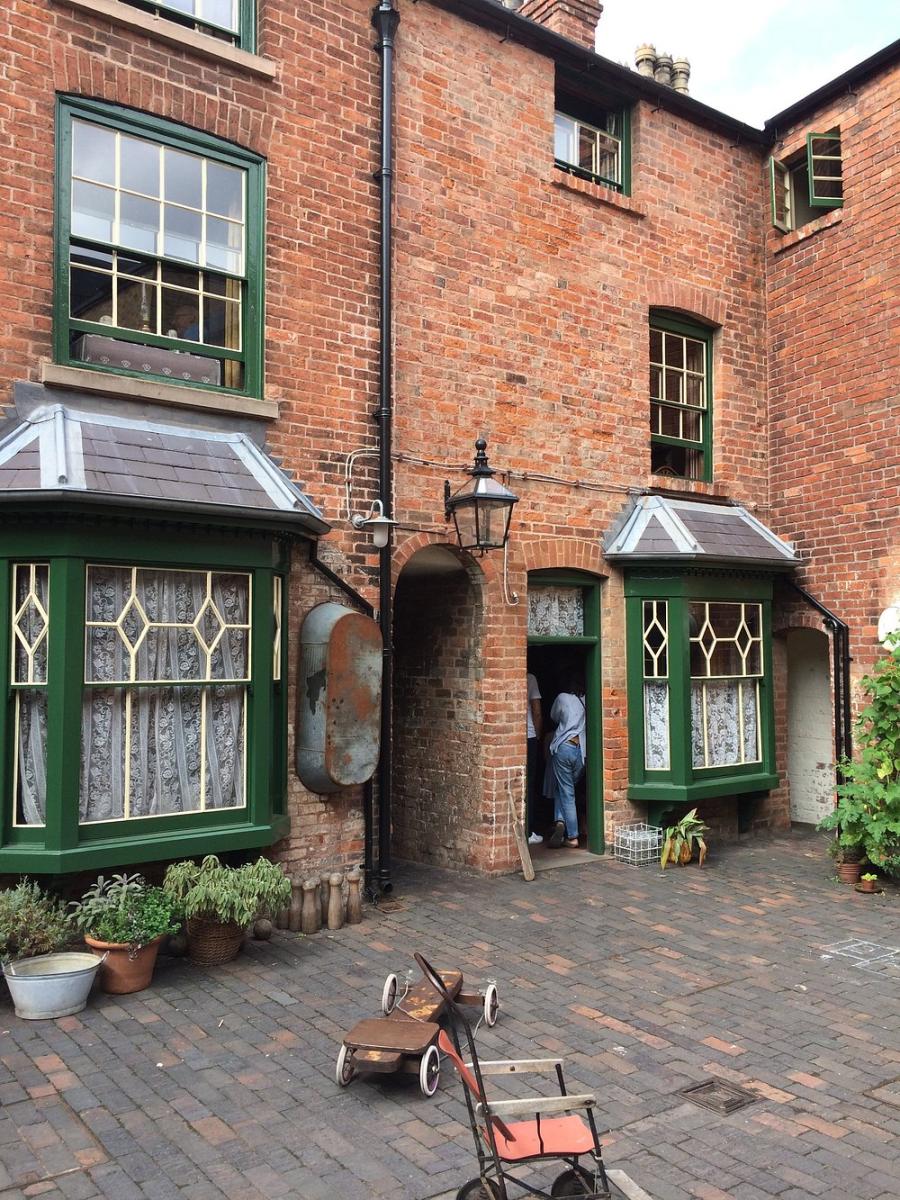
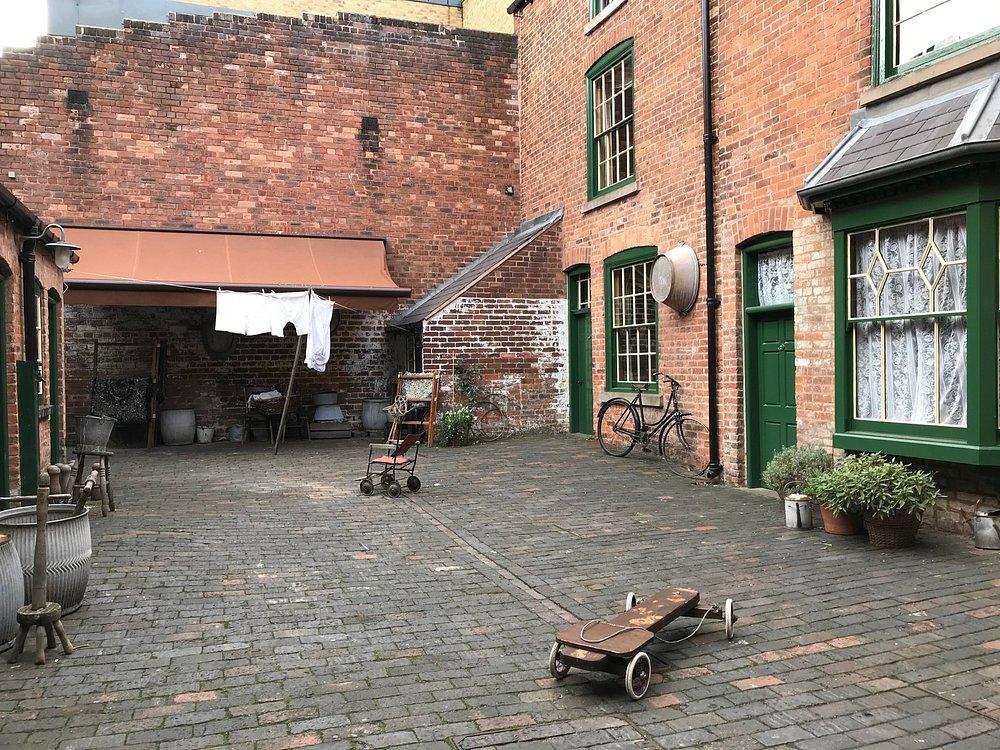
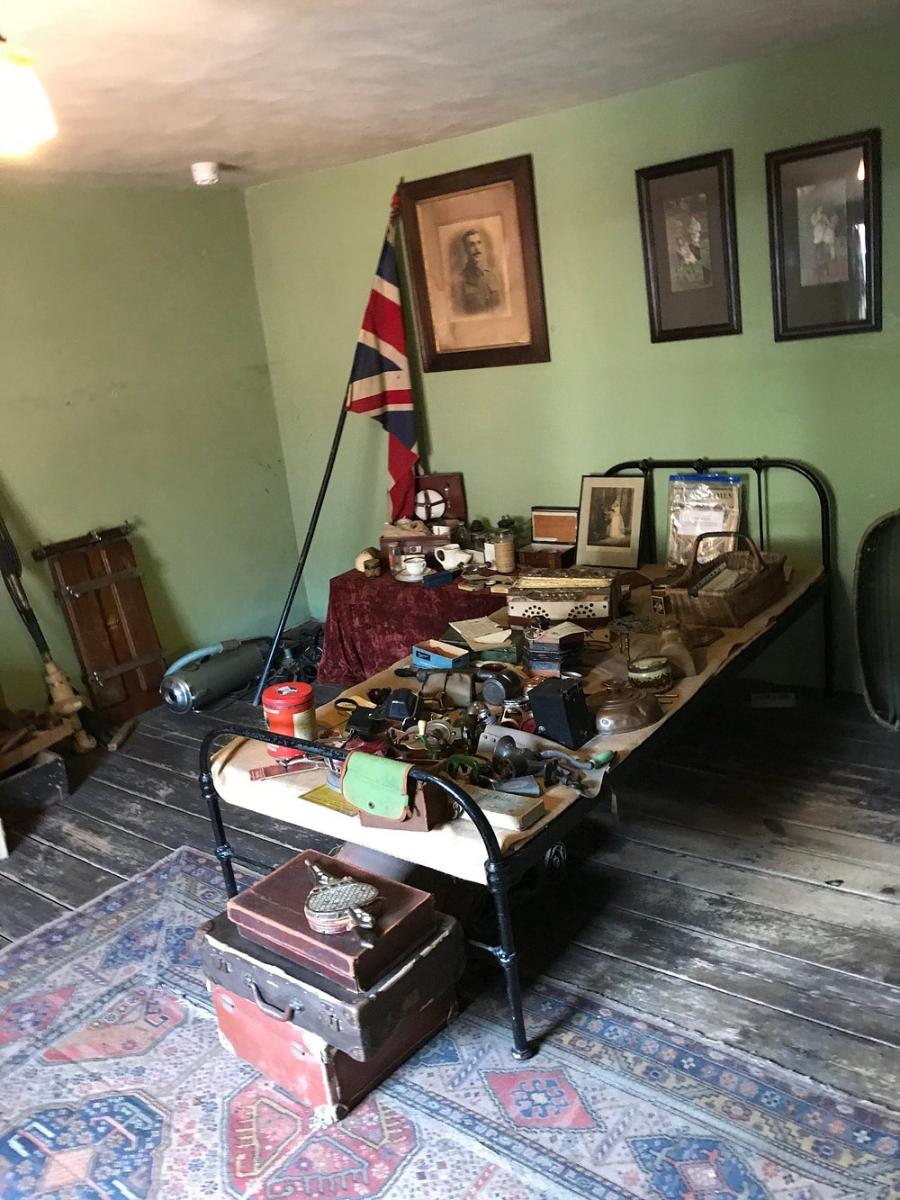


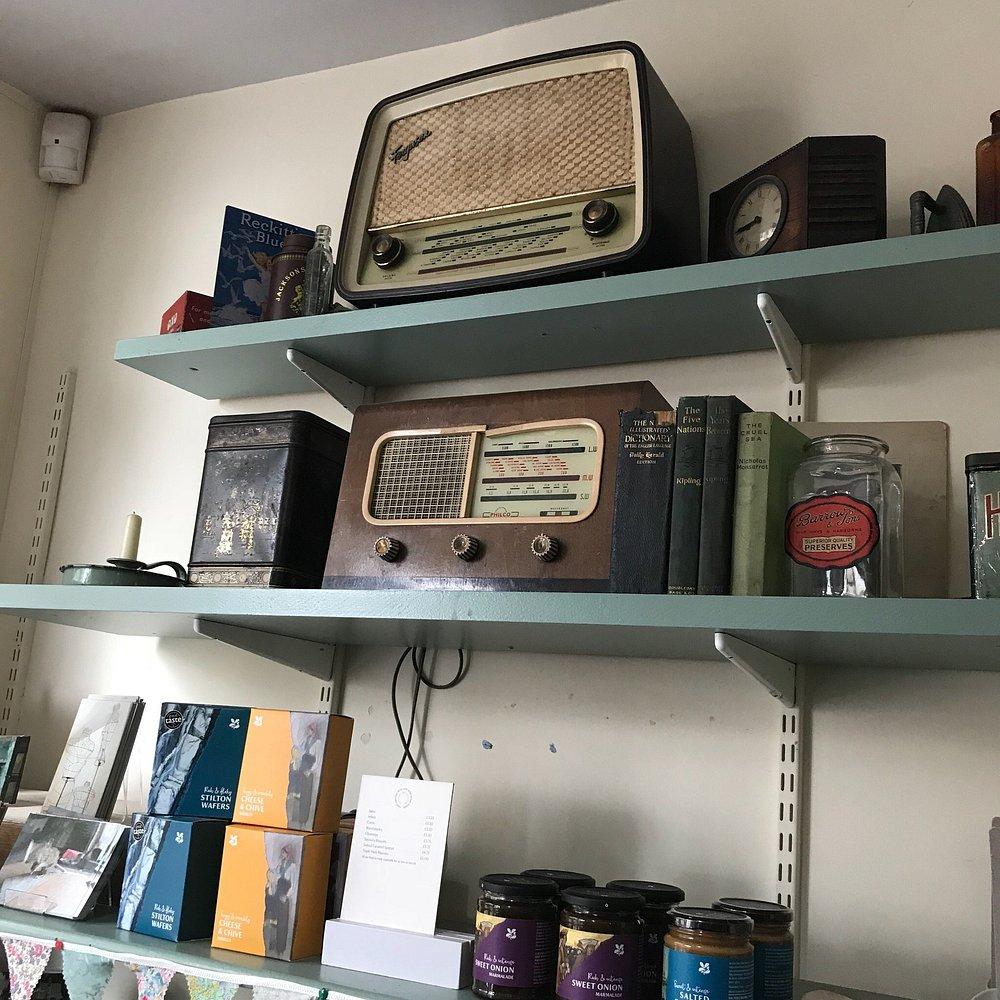
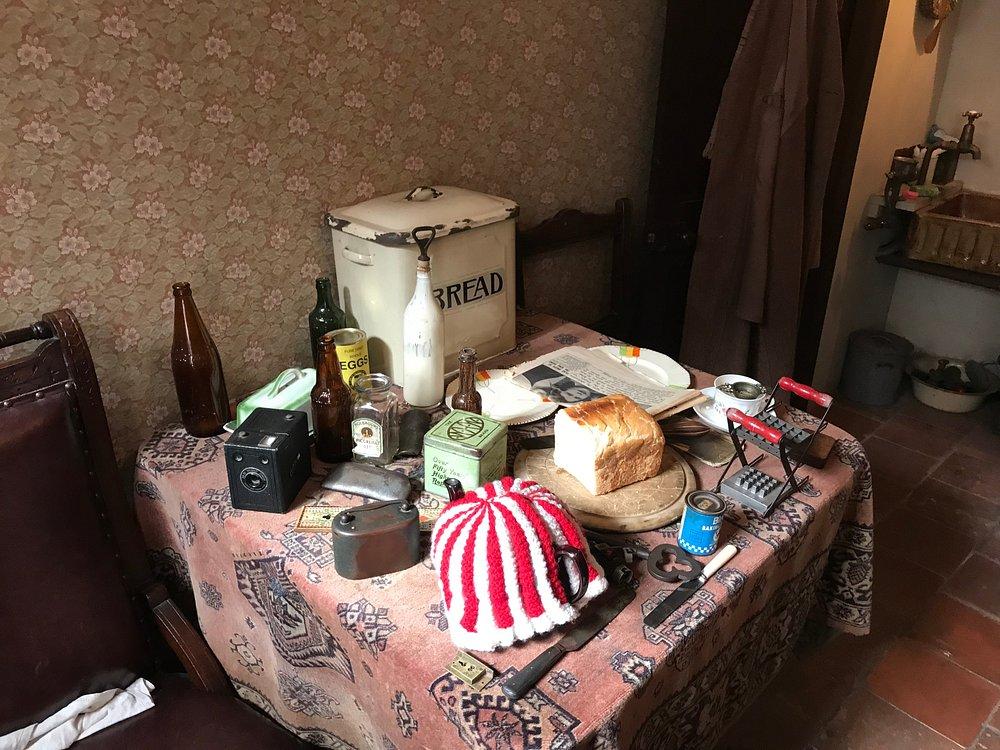
Comments